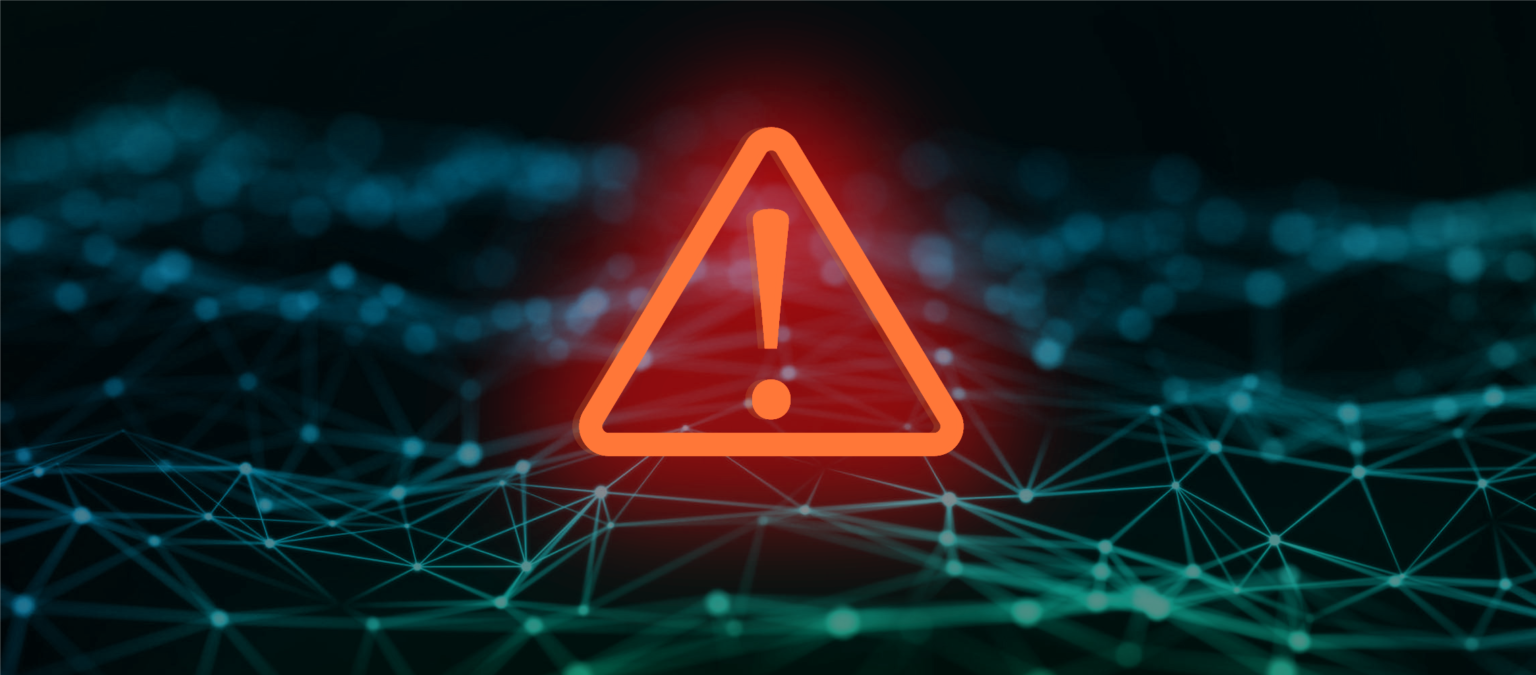As technology evolves, so do the methods used by cybercriminals. From sophisticated ransomware attacks to AI-powered phishing campaigns, the threat landscape is changing rapidly—and no organization is immune. To survive in this environment, businesses must shift from a reactive approach to a proactive, threat-informed strategy.
In this post, we’ll explore the biggest emerging cyber threats and outline how you can stay ahead of them with modern security practices.
Top Emerging Cyber Threats in 2025
1. AI-Driven Attacks
Cybercriminals are now leveraging artificial intelligence to automate attacks, craft convincing phishing emails, and evade traditional detection methods. As AI gets smarter, so do the threats it enables.
2. Ransomware as a Service (RaaS)
Ransomware isn’t just for skilled hackers anymore. With RaaS platforms, even amateurs can launch powerful attacks—renting malware kits and infrastructure for a cut of the ransom. This model has made ransomware more widespread and dangerous than ever before.
3. Deepfake & Voice Cloning
Impersonation tactics are evolving. Cybercriminals now use deepfake videos or voice cloning to trick employees into transferring funds or revealing sensitive information, especially in executive-level scams.
4. Attacks on IoT Devices
Smart devices are everywhere—from offices to manufacturing plants—but they’re rarely built with strong security in mind. Hackers exploit these weak points to gain access to broader networks.
5. Supply Chain Exploits
Rather than attacking companies directly, hackers are targeting third-party vendors and software providers to find vulnerabilities. This creates a ripple effect, compromising hundreds of organizations in one hit.
How to Stay Ahead of the Curve
1. Embrace Threat Intelligence
Subscribe to threat intelligence feeds and stay informed on the latest attack trends. Integrating this data into your security systems allows you to anticipate and block new threats before they strike.
2. Invest in Next-Gen Security Tools
Traditional firewalls and antivirus tools can’t handle today’s advanced threats. Upgrade to behavior-based endpoint protection, AI-powered threat detection, and cloud-native security solutions.
3. Train Your Team Continuously
Human error remains one of the biggest vulnerabilities. Regular training ensures that employees recognize phishing attempts, social engineering, and deepfake tactics—before they fall victim to them.
4. Monitor & Patch in Real-Time
Vulnerabilities are discovered daily, and attackers move fast. Adopt automated patch management and real-time system monitoring to close security gaps before they can be exploited.
5. Implement Zero Trust Architecture
Zero Trust means “never trust, always verify.” By authenticating every user and device, regardless of location, you minimize the chance of internal breaches or lateral movement in your network.
Partnering with the Right Experts
You don’t have to navigate this evolving threat landscape alone. Partnering with a cybersecurity firm ensures that you have access to the latest tools, 24/7 monitoring, and expert guidance tailored to your business model.
An experienced partner can:
- Conduct a proactive risk assessment
- Deploy adaptive security infrastructure
- Help you develop incident response plans
- Ensure regulatory compliance (GDPR, HIPAA, etc.)
Conclusion: Be Proactive, Not Reactive
The cyber threats of tomorrow are already here. To stay protected, organizations must evolve faster than the attackers. This means prioritizing cybersecurity at every level—technology, training, and leadership.
Because when it comes to emerging threats, staying ahead is the only safe place to be.
